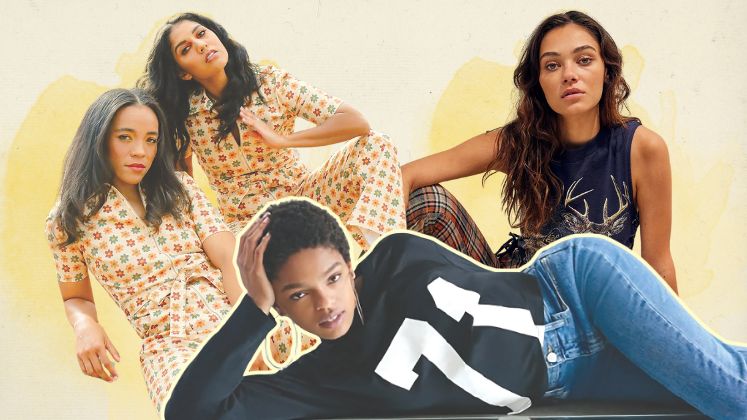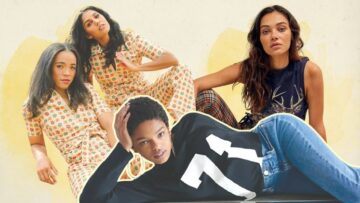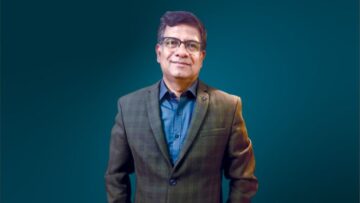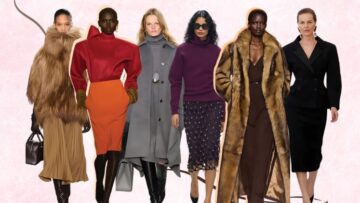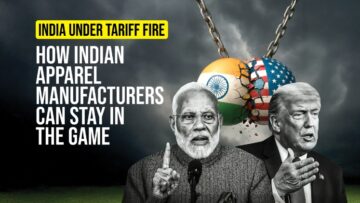As Urban Outfitters (UO) reshapes its sourcing strategy to reduce reliance on China, Bangladesh can emerge as a strong contender. The country offers a timely opportunity for brands seeking diversified, future-ready sourcing partners. Urban Outfitters, the flagship retailer of URBN Inc., blends indie vibes with trend-driven fashion. The brand, which currently operates over 200 stores across the United States, Canada and Europe, offers a range of products including men’s and women’s clothing, accessories, beauty items, home décor and select vintage and lifestyle goods targeted at a younger consumer base.
For the year ended 31 January 2025 (FY ’25), Urban Outfitters helped boost URBN Inc.’s total sales to US $ 5.55 billion, a 7.7% increase from the previous year. As the company expands globally, it is also changing how it sources its products. One key change is reducing its reliance on China, which now supplies less than 5% of its clothing. Instead, the brand is turning to India, Vietnam and Turkey, making sure no single country provides more than 25% of its supply. This shift helps manage risks, strengthen the supply chain and ensure compliance with rules like the Uyghur Forced Labour Prevention Act (UFLPA). This is where Bangladesh comes in handy. The country has made significant improvements in factory safety, labour compliance and certification over the last decade. This helps brands like Urban Outfitters meet not only pricing targets but also critical ESG requirements. Sustainability is another area where Bangladesh has taken the lead globally.
The country is home to more than 240 LEED-certified green garment factories— more than any other nation—with many of them ranked platinum. At the same time, one of the country’s greatest strengths lies in its capacity. Bangladesh’s apparel sector is built for scale. It can support fast-fashion timelines and high-volume orders with ease, thanks to a dense ecosystem of vertically integrated manufacturers. Many factories here manage the full process—from spinning and dyeing to garmenting—under one roof, which allows for shorter lead times and tighter quality control. For a company like Urban Outfitters, which releases over 3,200 styles annually, this ability to move quickly and consistently at scale is especially critical. According to reports, some of Urban Outfitters’ key imported products include categories where Bangladesh is especially competitive. For example, under HS Code 620442, Urban Outfitters imports cotton-based womenswear like jackets, dresses and trousers. It also sources large volumes of cotton blouses and shirts (HS 620630), track suits and other casualwear (HS 621142) and knitted garments of cotton (HS 611420).
Bangladesh can also cater to the sourcing needs of other URBN brands such as Free People, which focuses on boho-style women’s fashion and activewear and Anthropologie, which offers a range of women’s clothing including dresses, skirts, blouses, pants and jeans. Finally, Bangladesh is gaining interest from global buyers not just for its capabilities, but for what it represents: a sourcing base that is stable, diversified and future-focused. The US Fashion Industry Association’s 2024 benchmarking survey found that nearly half of US fashion executives plan to increase their sourcing from Bangladesh in the next two years. This puts the country right next to India and Vietnam as a key growth destination. Urban Outfitters hasn’t yet made Bangladesh a core part of its sourcing base, but the opportunity lying ahead is immense.

